Introduction to Chess for Beginners
Chess is a centuries-old strategic game that captivates millions of enthusiasts worldwide. Whether you aim to improve critical thinking skills or simply enjoy a challenging game, learning chess can be rewarding and fun. This article offers a comprehensive guide for beginners, aiming to assist you in understanding the game's basics, from setting up the board to strategies for winning.
Setting Up the Chessboard
The first step in playing chess is setting up the chessboard correctly. The board consists of 64 squares arranged in an 8x8 grid, alternating between light and dark colors. Each player starts with 16 pieces: one king, one queen, two rooks, two knights, two bishops, and eight pawns. The board should be positioned so that a white square is at each player's bottom right corner. Place the rooks in the corners, knights next to them, bishops next to knights, and the queen on the square of her own color (white queen on a white square and black queen on a black square). The king goes on the remaining square. Line up the pawns directly in front of the other pieces.
Understanding the Moves of Each Chess Piece
Each type of chess piece has its own method of movement:
- King: Moves one square in any direction.
- Queen: Moves any number of squares in any direction, horizontally, vertically, or diagonally.
- Rook: Moves horizontally or vertically any number of squares.
- Bishop: Moves diagonally any number of squares.
- Knight: Moves in an L-shape: two squares in one direction and then one square perpendicular, or one square in one direction and then two squares perpendicular. Knights can jump over other pieces.
- Pawn: Moves forward one square, but captures diagonally. On its first move, it can advance two squares forward. Pawns can promote to any other piece (except the king) upon reaching the far end of the board.
Basic Rules and Objectives of Chess
The ultimate goal in chess is to checkmate your opponent's king. This occurs when the king is placed in check (under threat of capture) and cannot make a move to escape. Learning the basic rules will help you achieve this objective:
- Check: When the king is in danger of capture on the next move.
- Stalemate: When a player has no legal move and their king is not in check. This results in a draw.
- Draw: Besides stalemate, a game can end in a draw by agreement, insufficient material, threefold repetition of a position, or the fifty-move rule (when no pawn movements or captures have been made in the last fifty moves).
Basic Strategies and Opening Principles
Knowing a few basic principles can dramatically improve your game:
- Control the center: Try to control the center of the board with your pieces and pawns. This gives you more room to maneuver and restricts your opponent's options.
- Develop your pieces: Get your knights and bishops into the game during your initial moves, rather than moving the same piece multiple times or advancing too many pawns.
- King safety: Castling is a special move to safeguard your king and activate your rook.
- Plan: Try to anticipate your opponent's moves and plan accordingly. Always try to improve the positioning of your worst-placed piece.
Chess Notation: Keeping Track of the Game
Chess notation is the method used to record the moves in the game, allowing players to study games played by themselves or others. It involves writing down the moves of the pieces in a standardized format, helping you to analyze and improve your playing strategy.
Free PDF Guide for Chess Beginners
To further assist in your chess journey, consider downloading a comprehensive Chess for Beginners PDF guide. These guides typically include illustrated examples, more detailed strategies, and practice scenarios to help cement your understanding of the game. Most are available for free online and can be an invaluable resource to accompany your practice sessions.
Conclusion
While chess can appear complex and intimidating at first, breaking down the game into manageable parts can make it easier to learn. By acquainting yourself with the setup, movements, rules, and some basic strategies, you'll be well on your way to enjoying and excelling at this intellectual and timeless game.
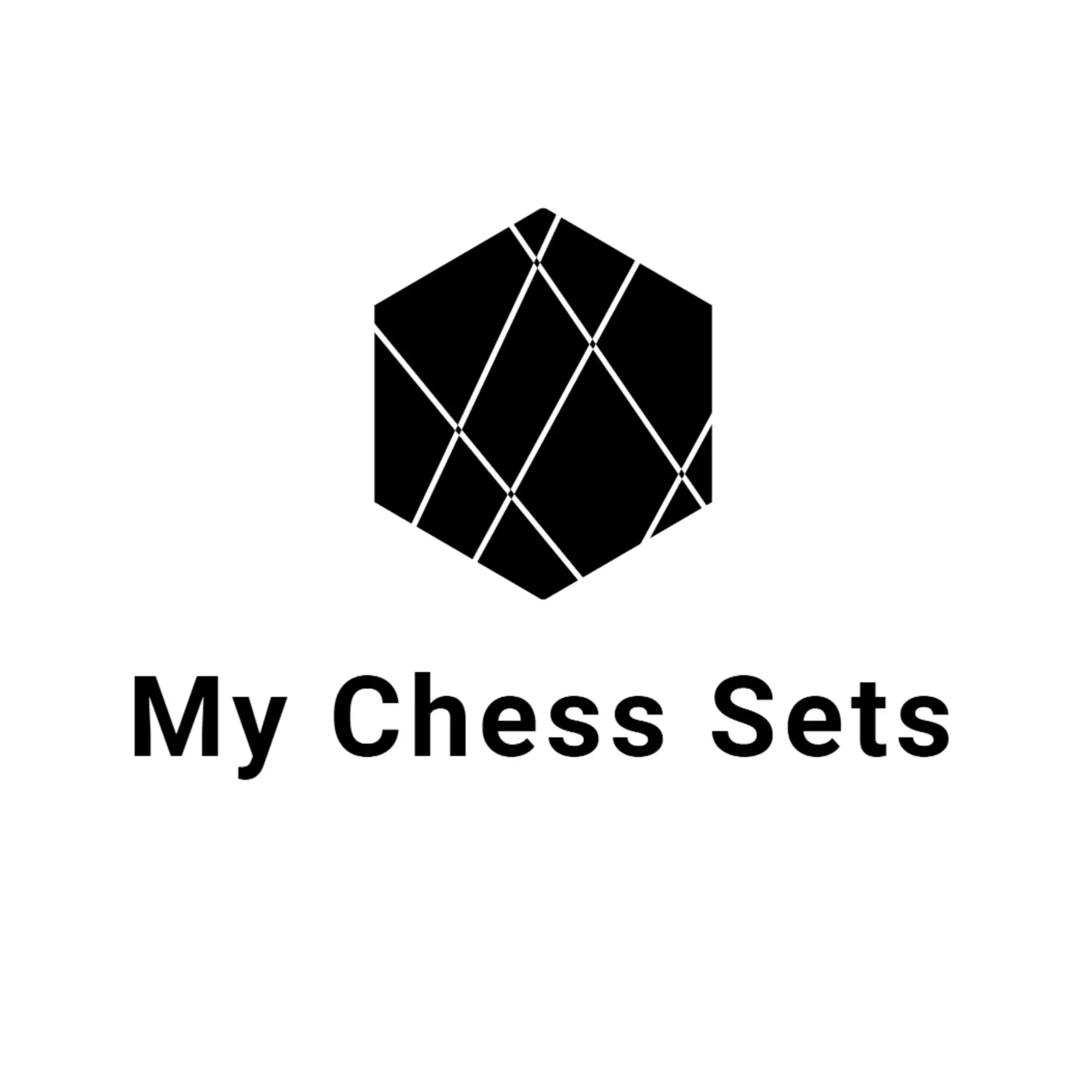

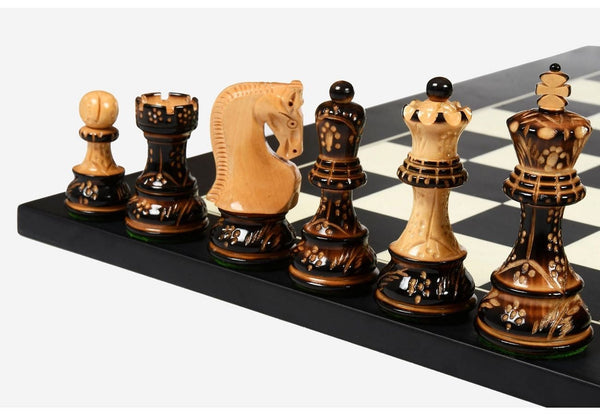

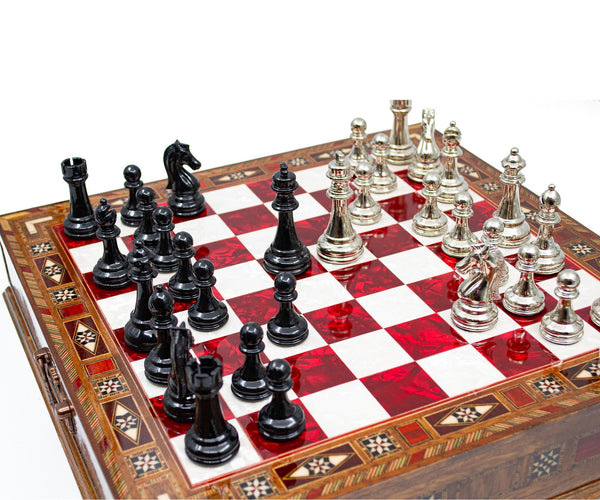
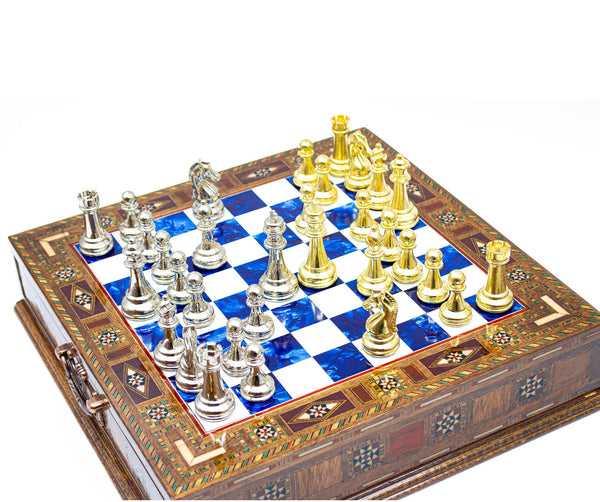
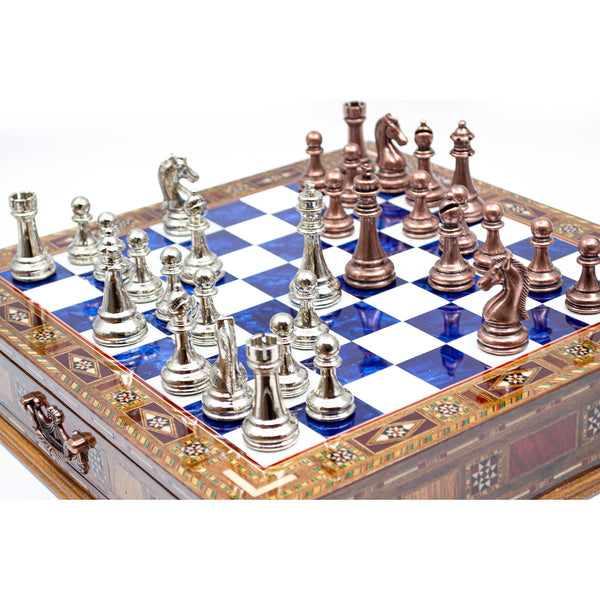
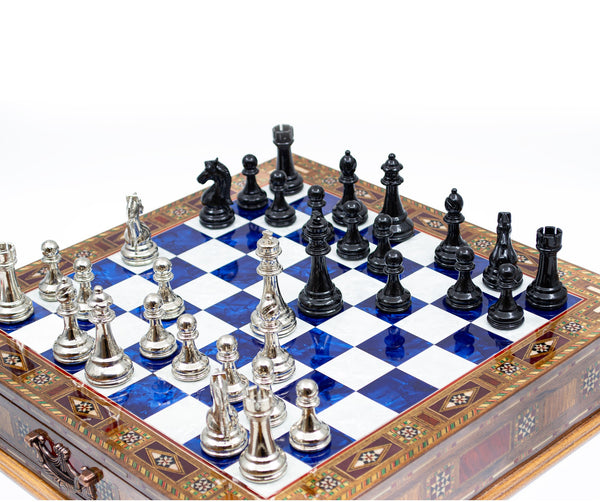
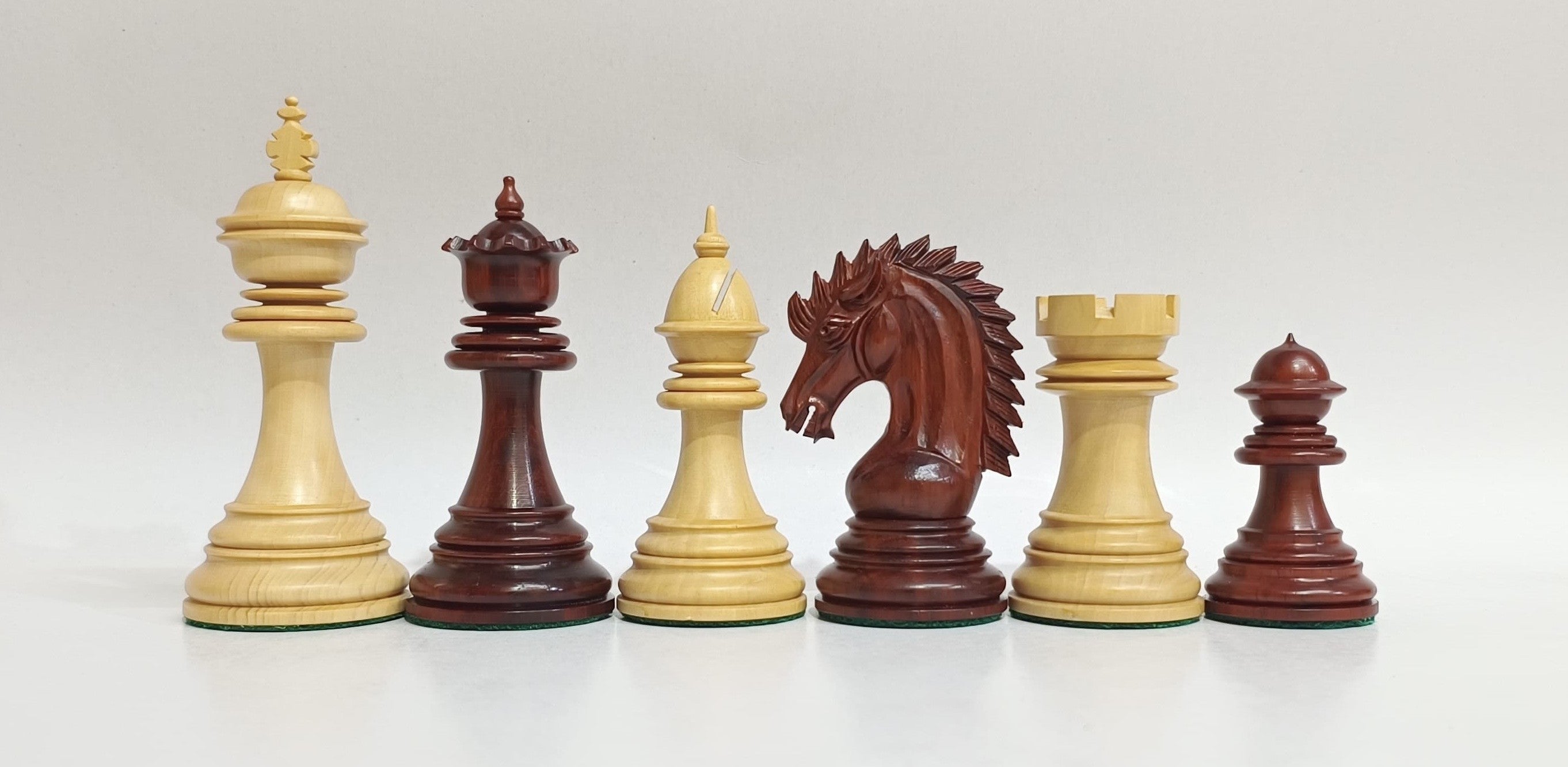
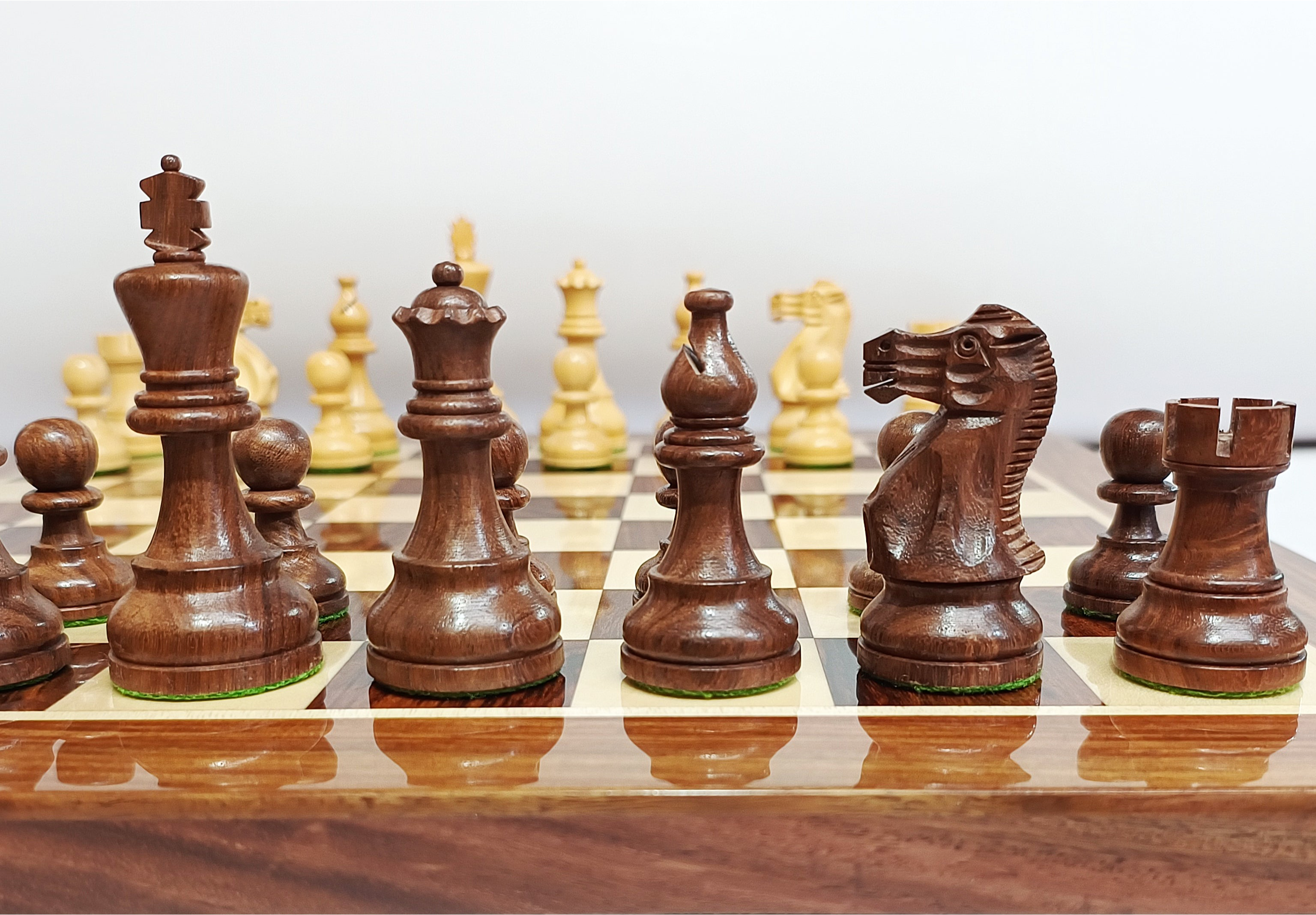

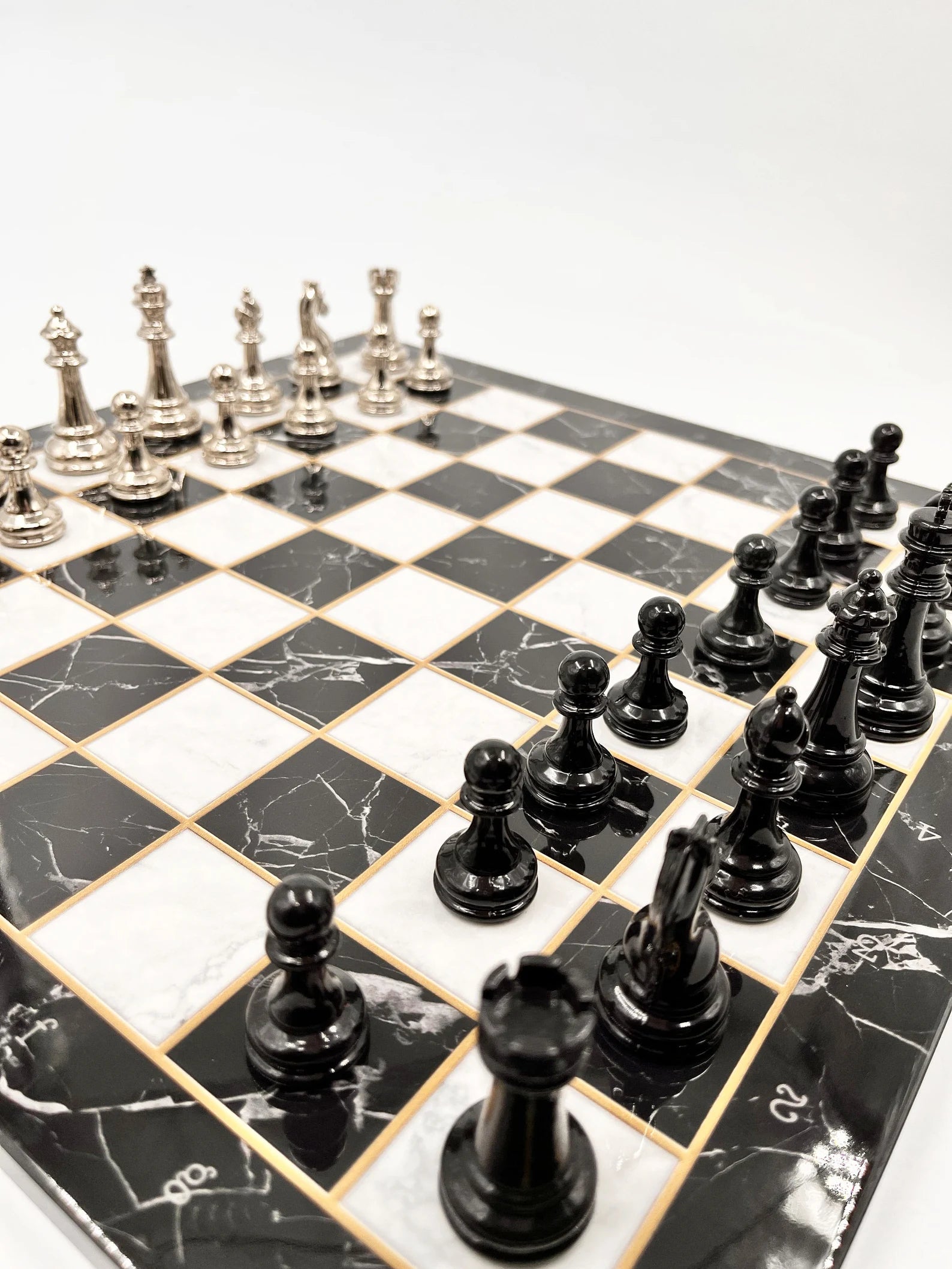
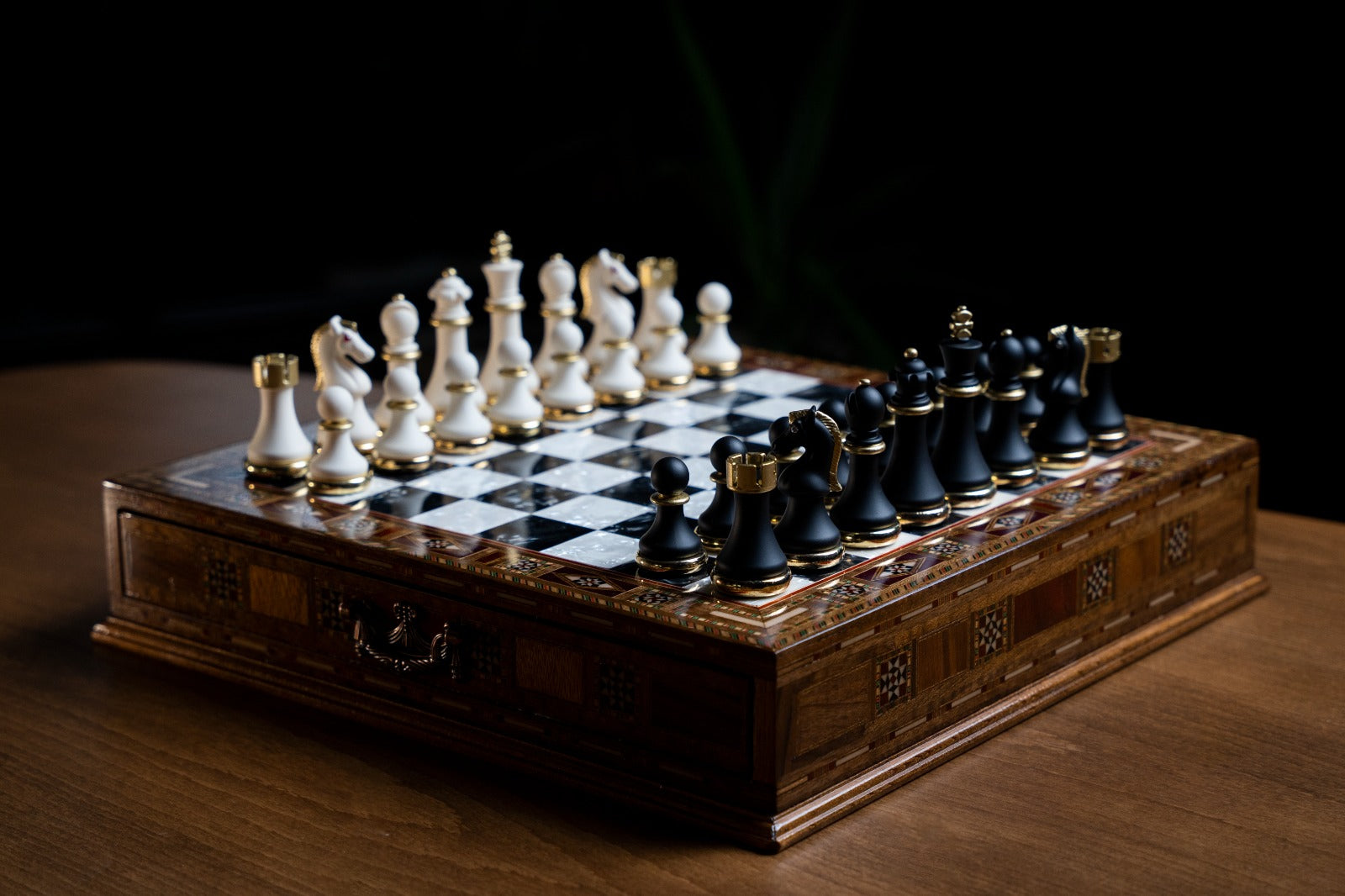

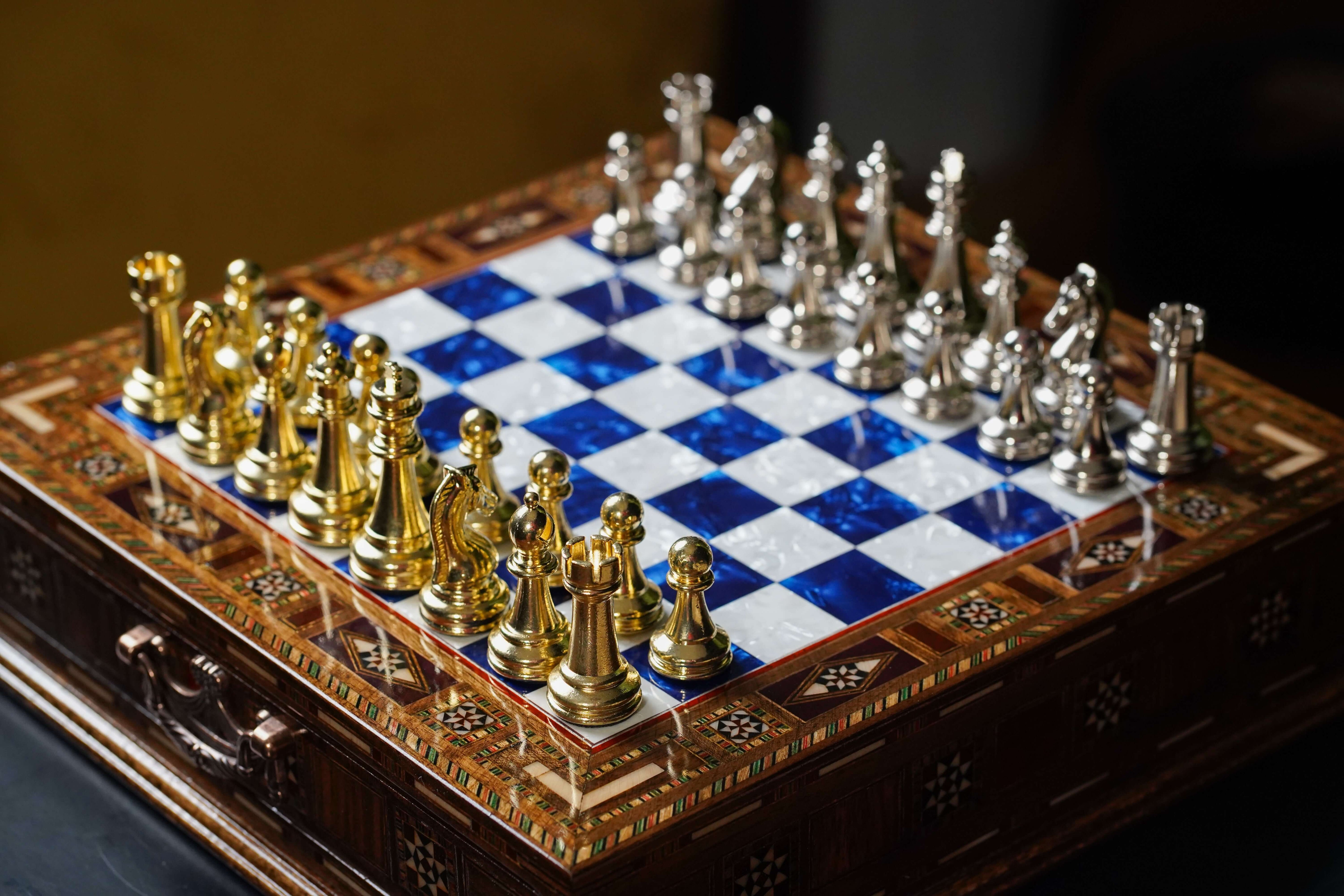
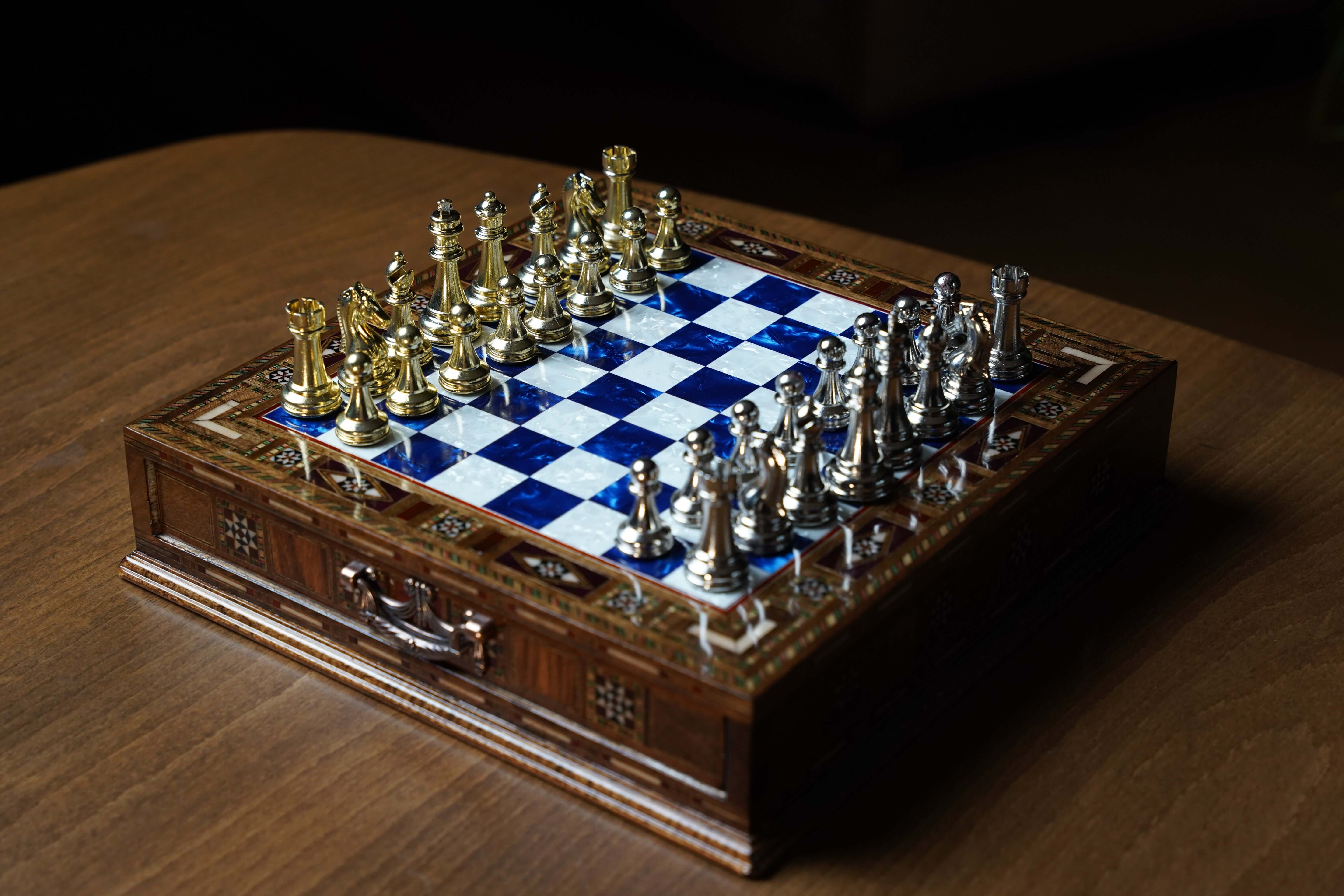
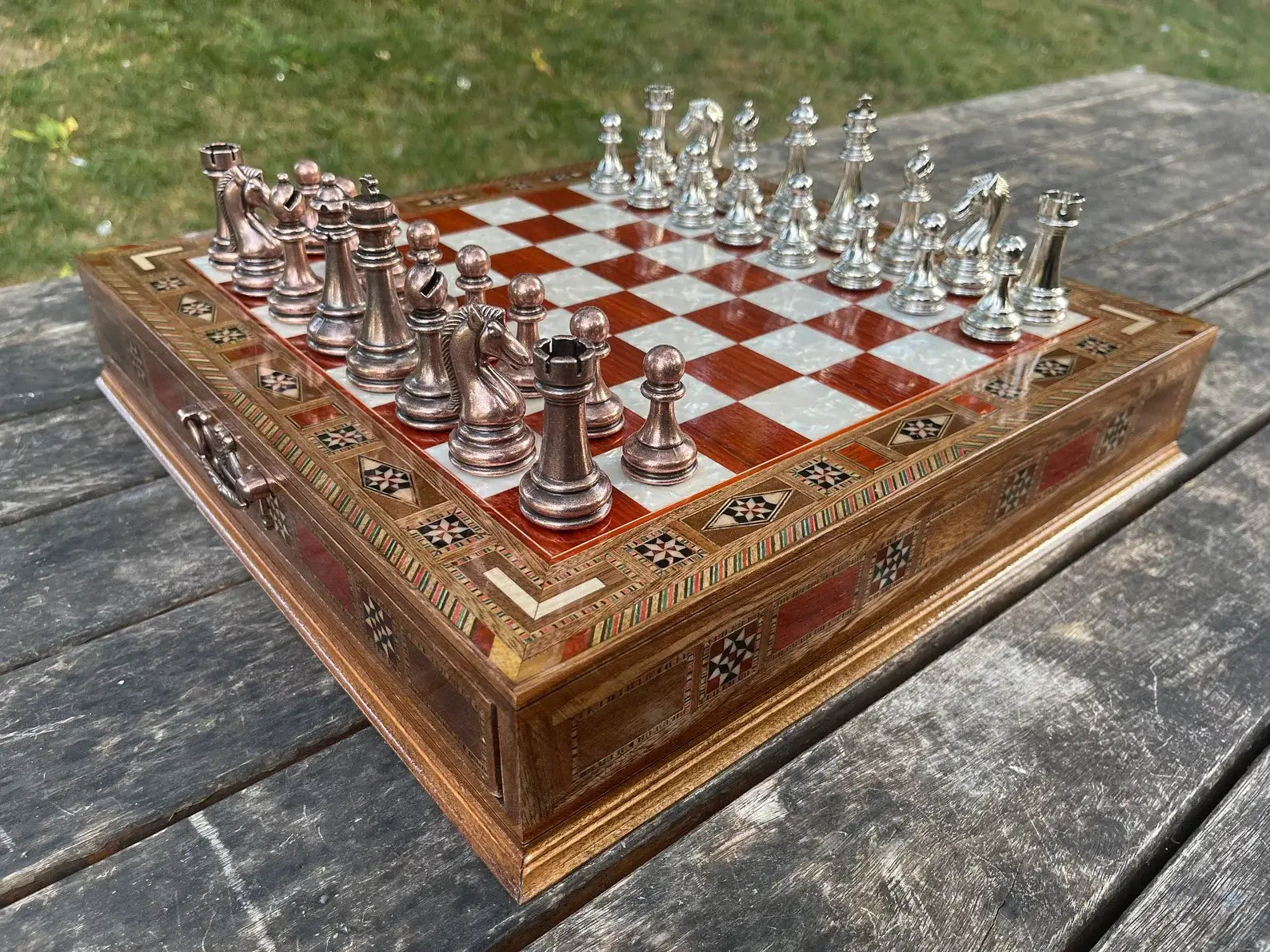
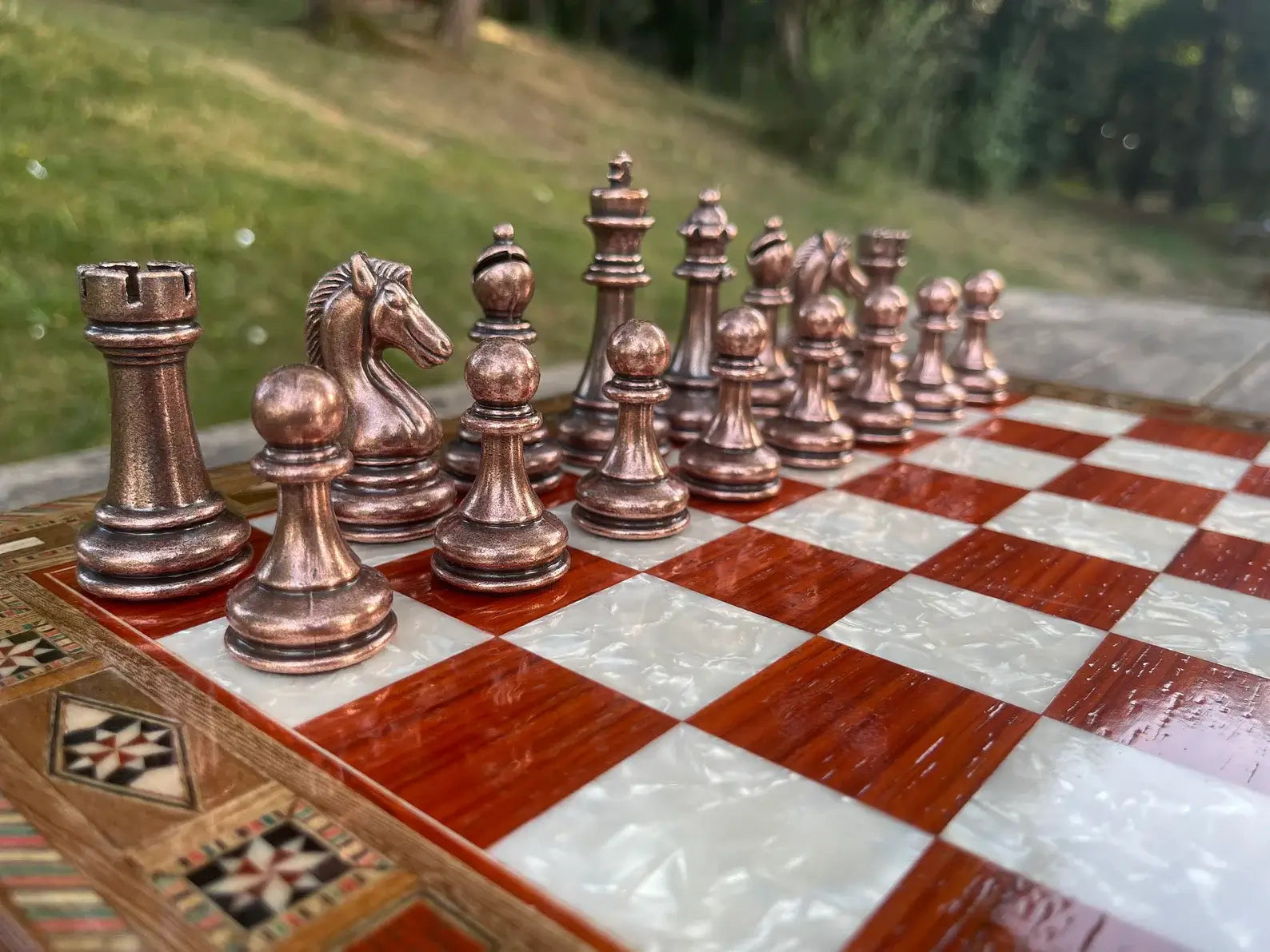
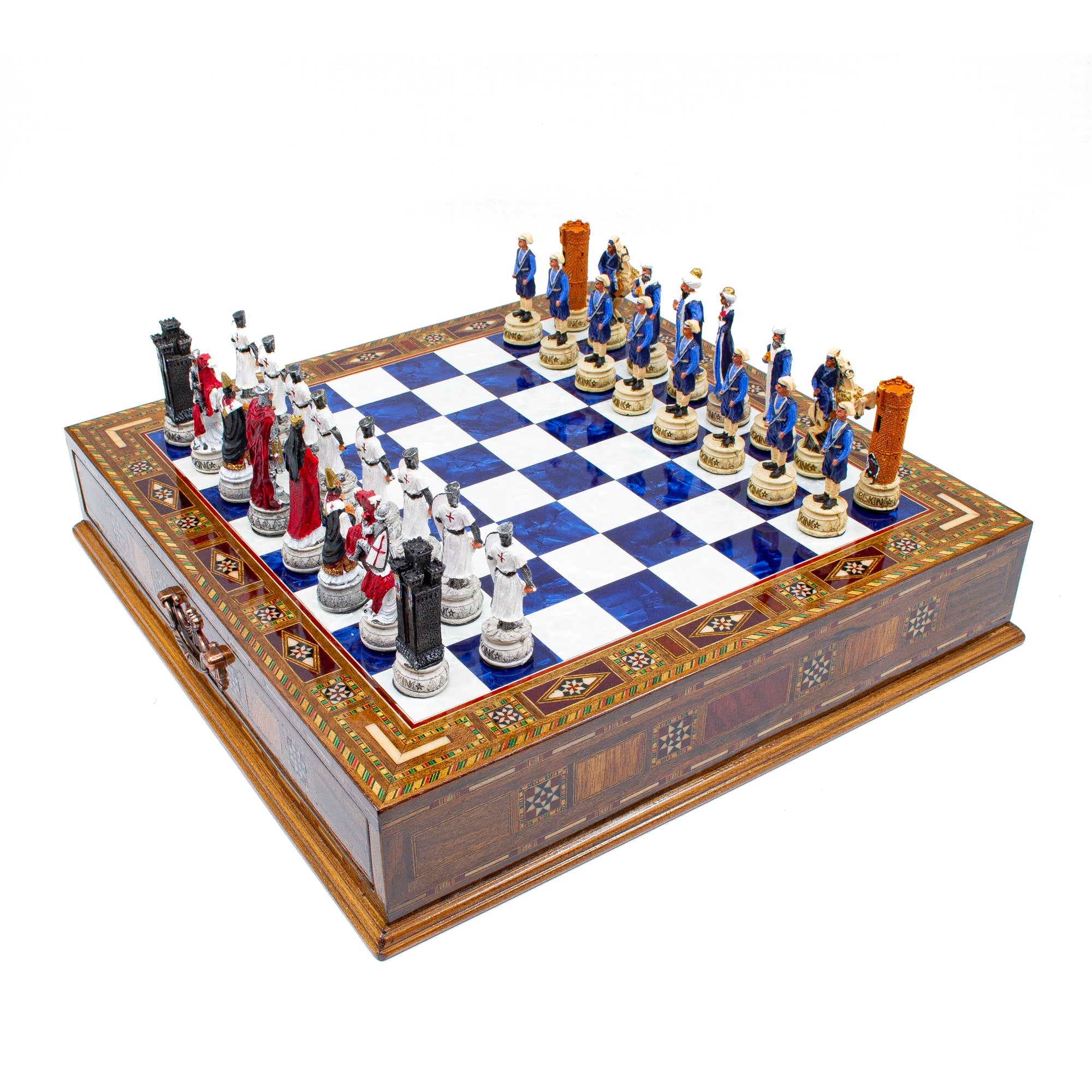
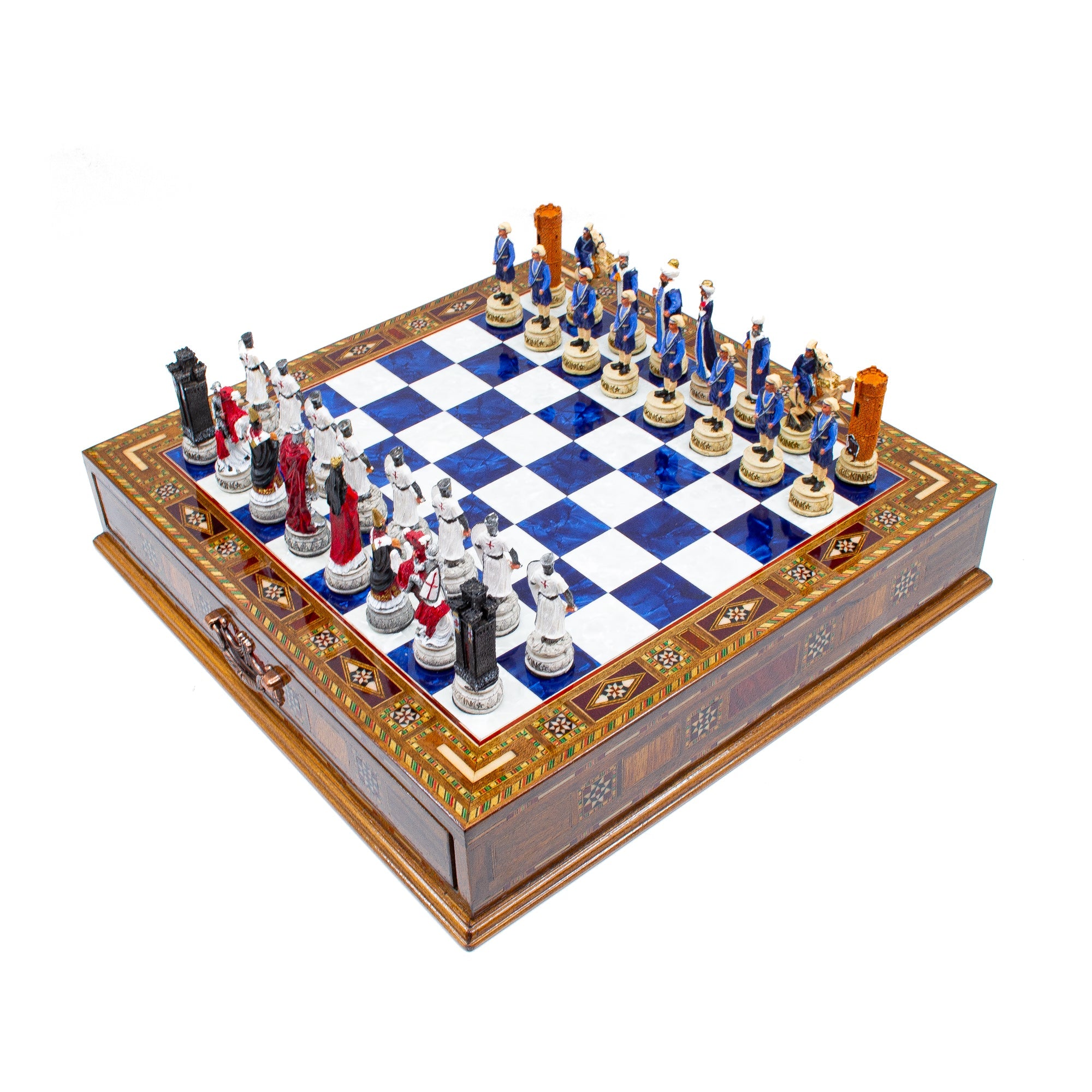
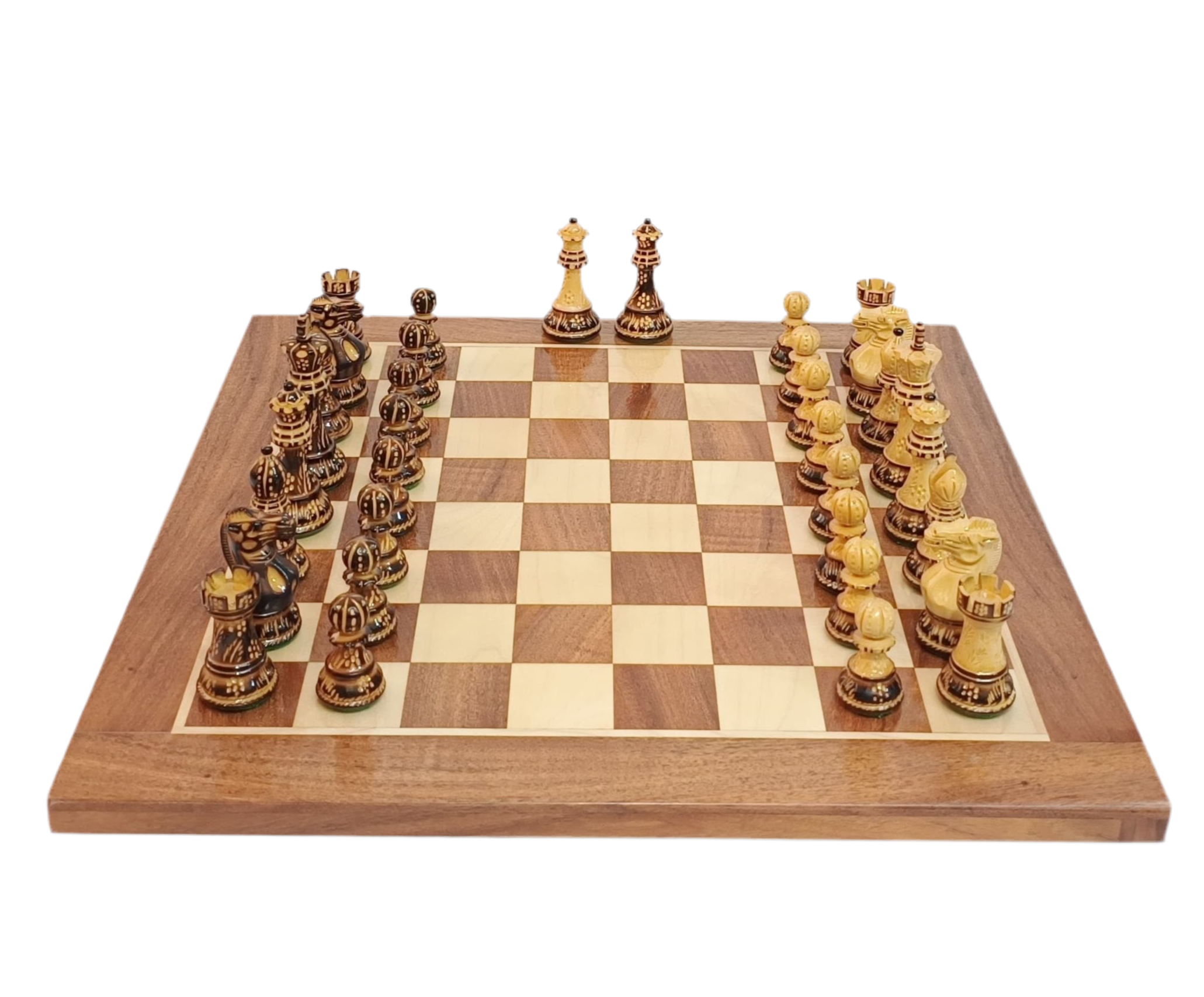
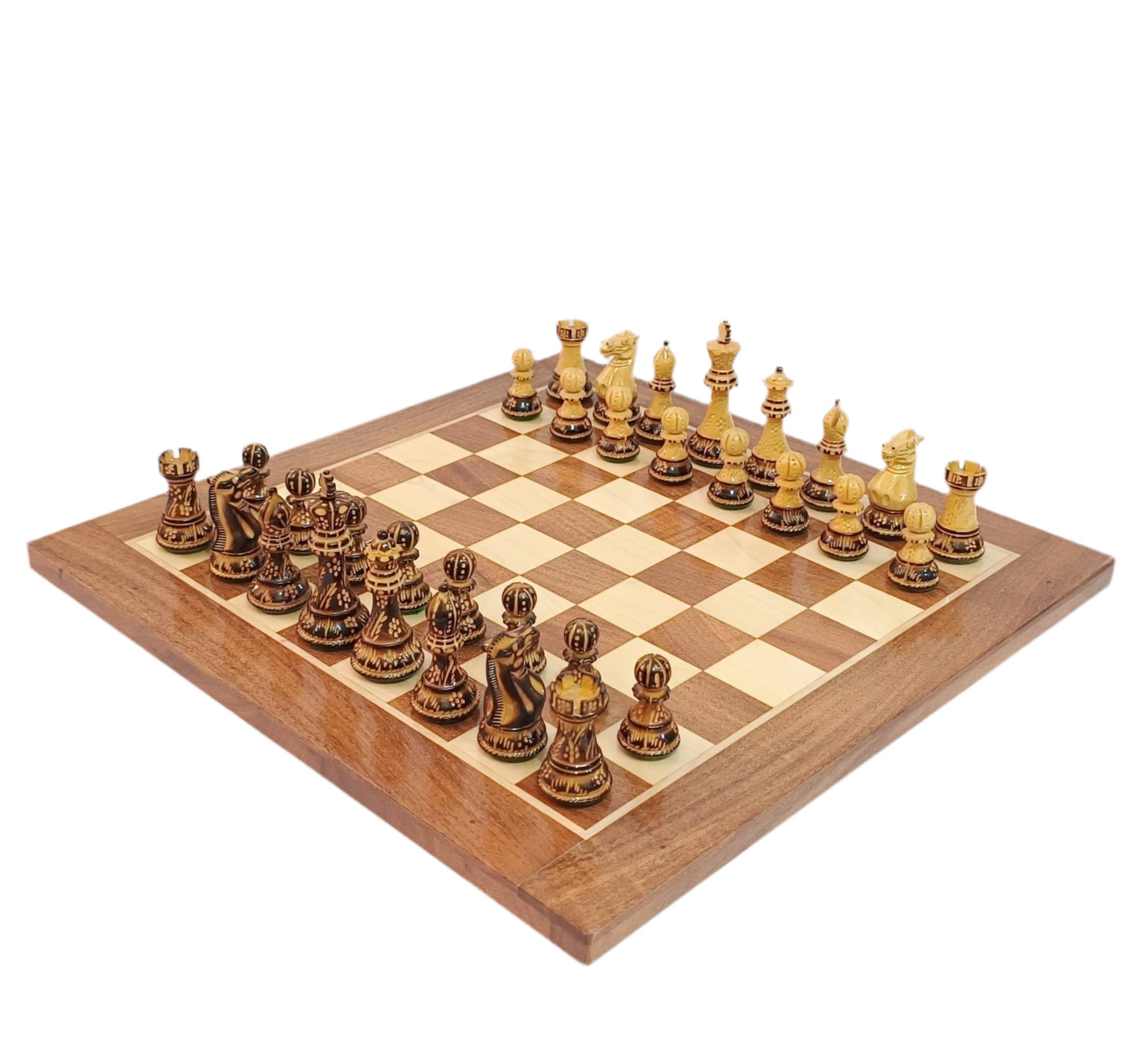

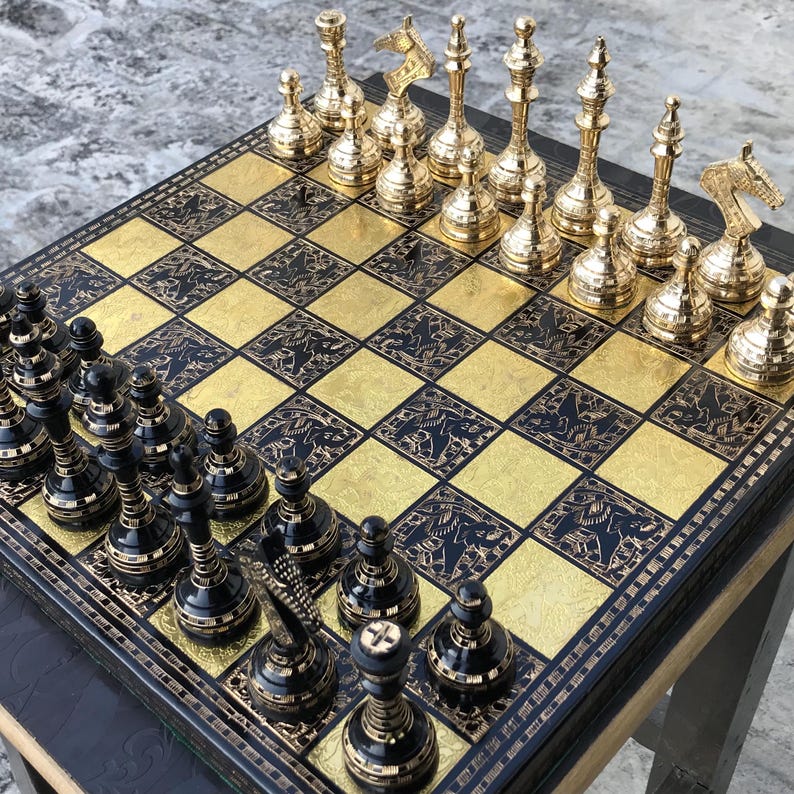



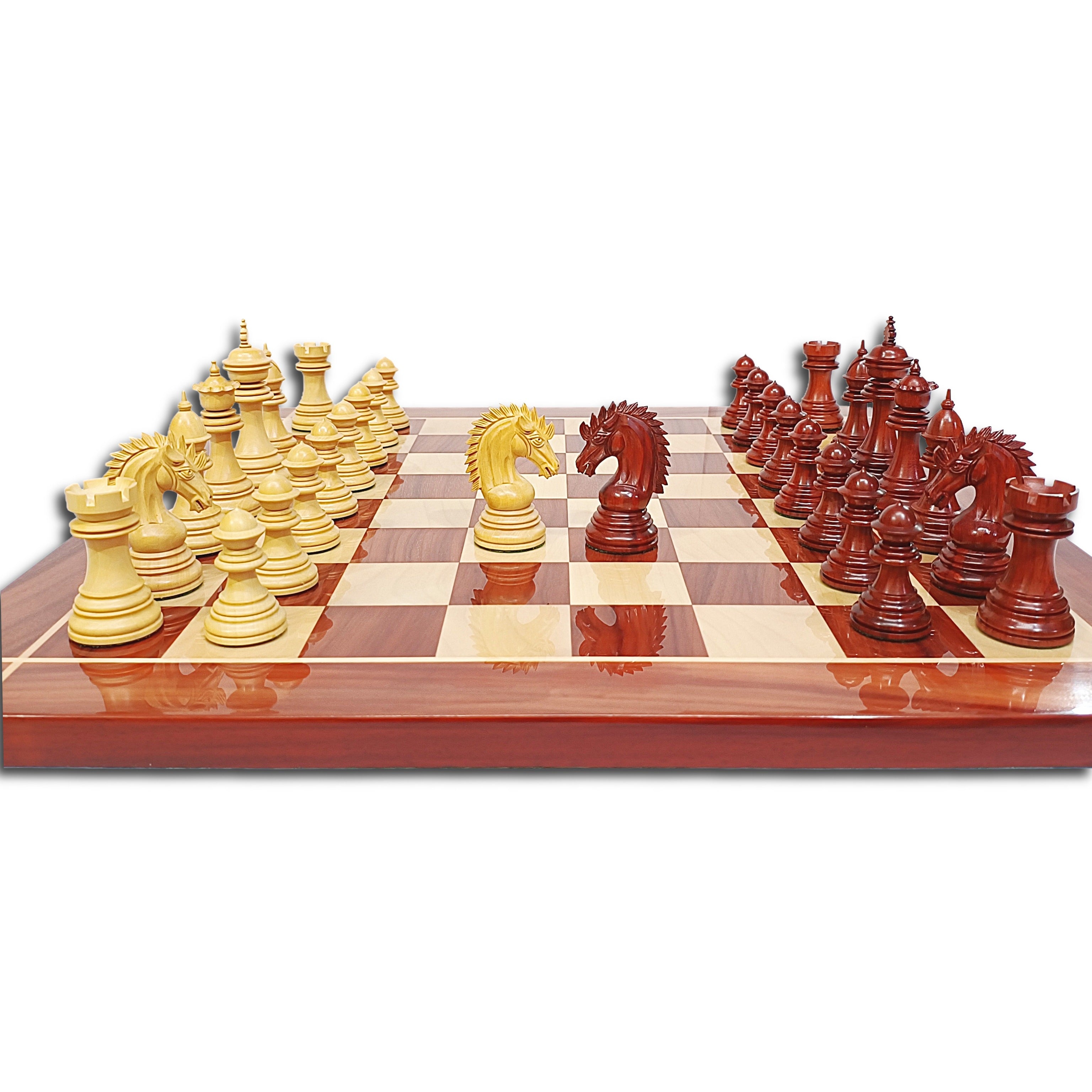
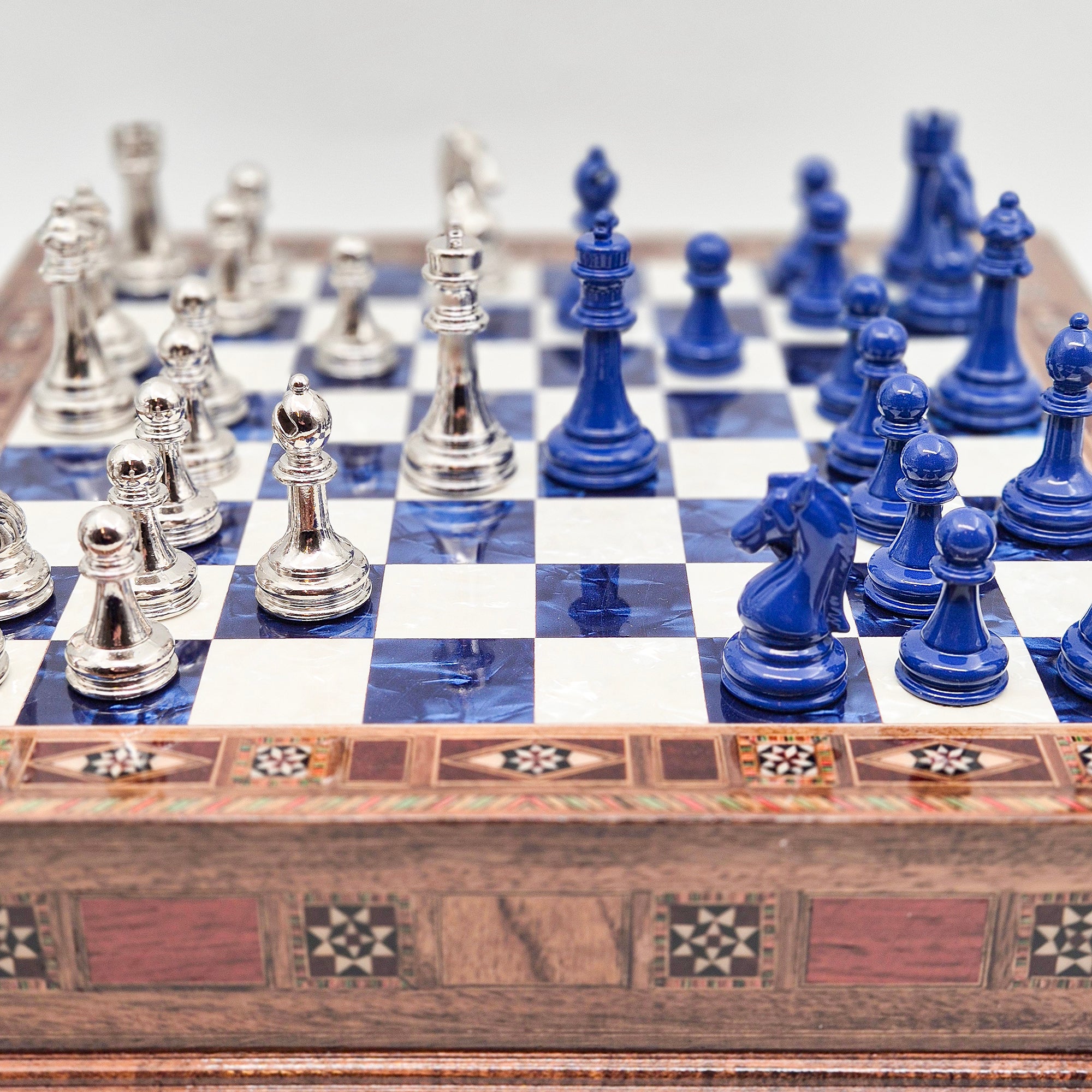
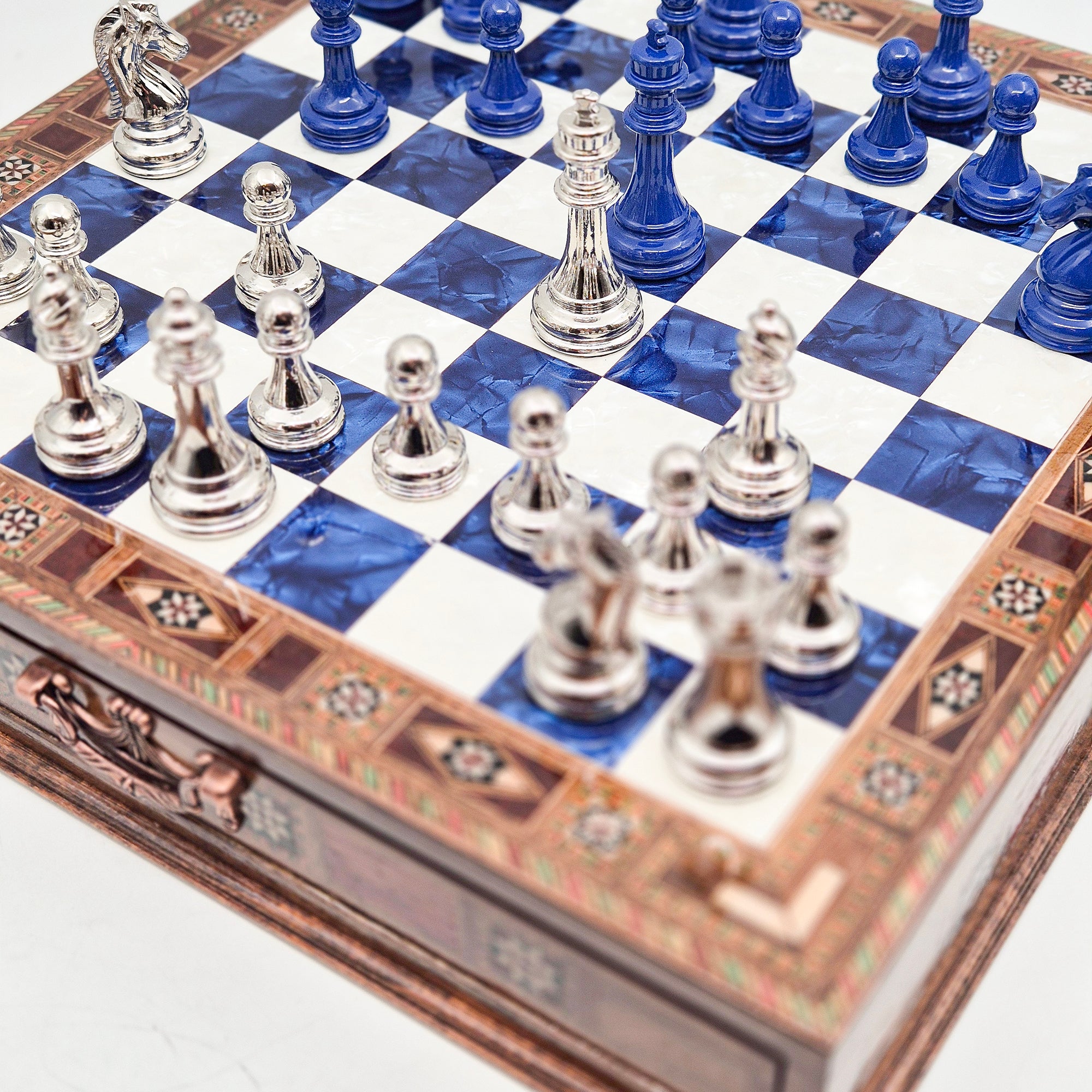
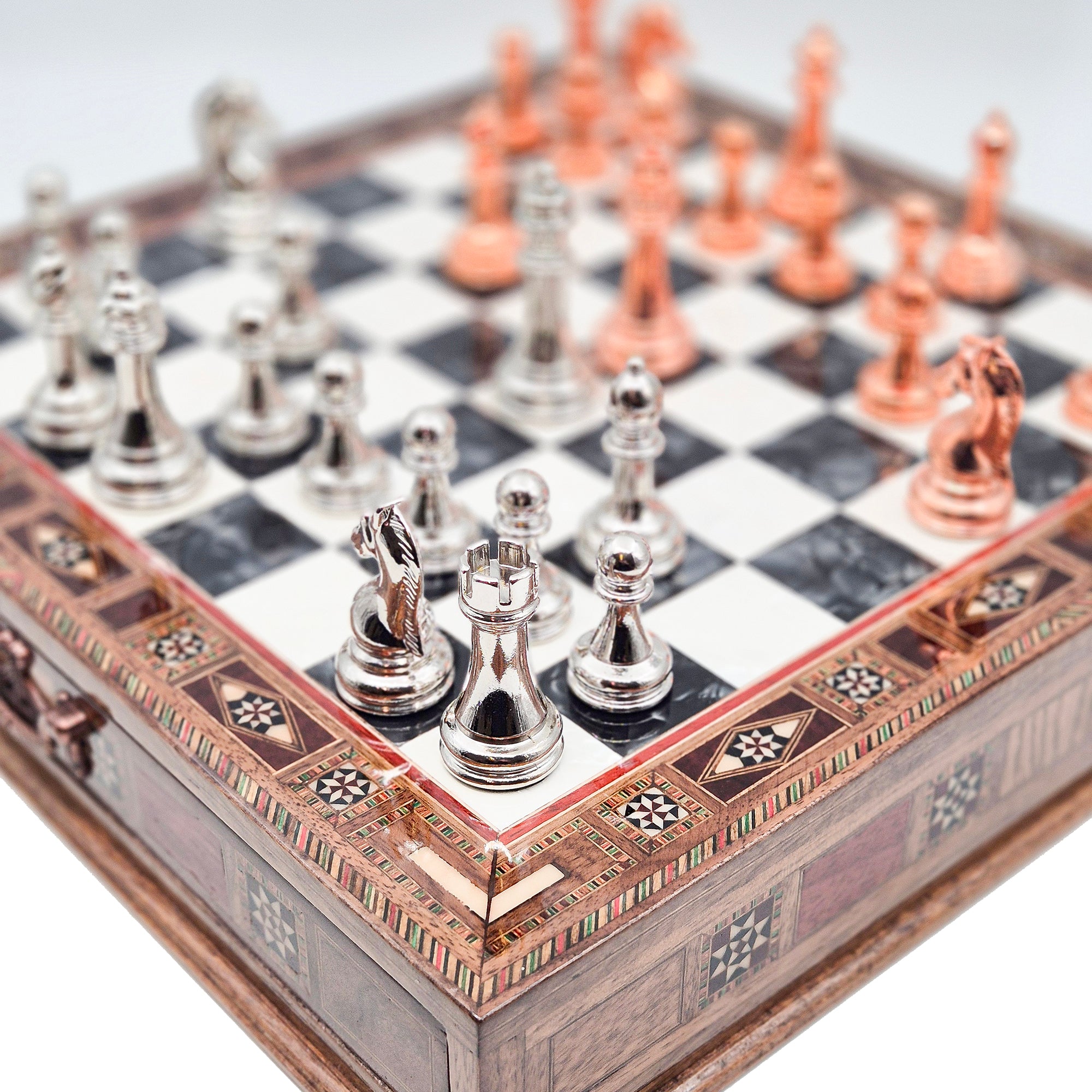
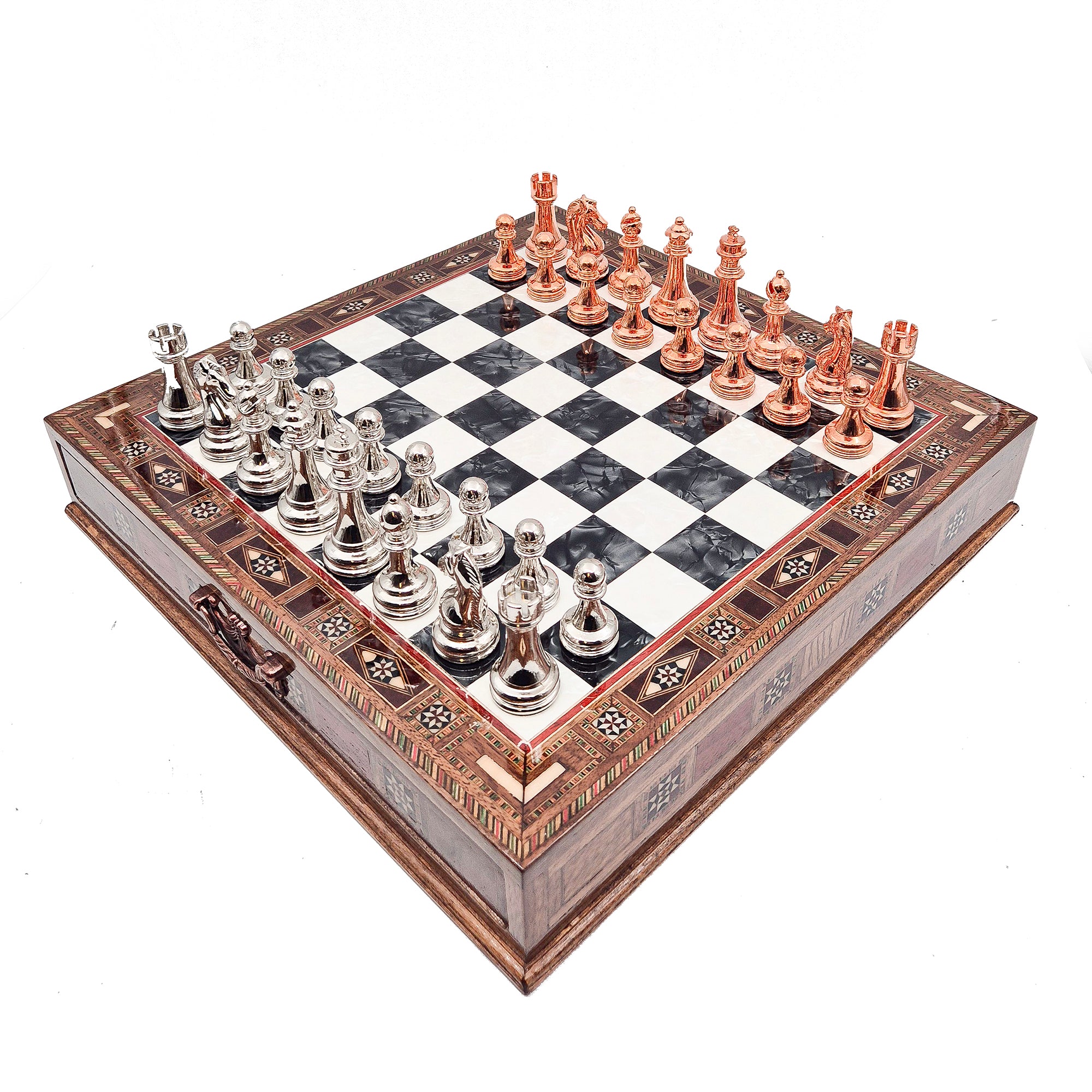
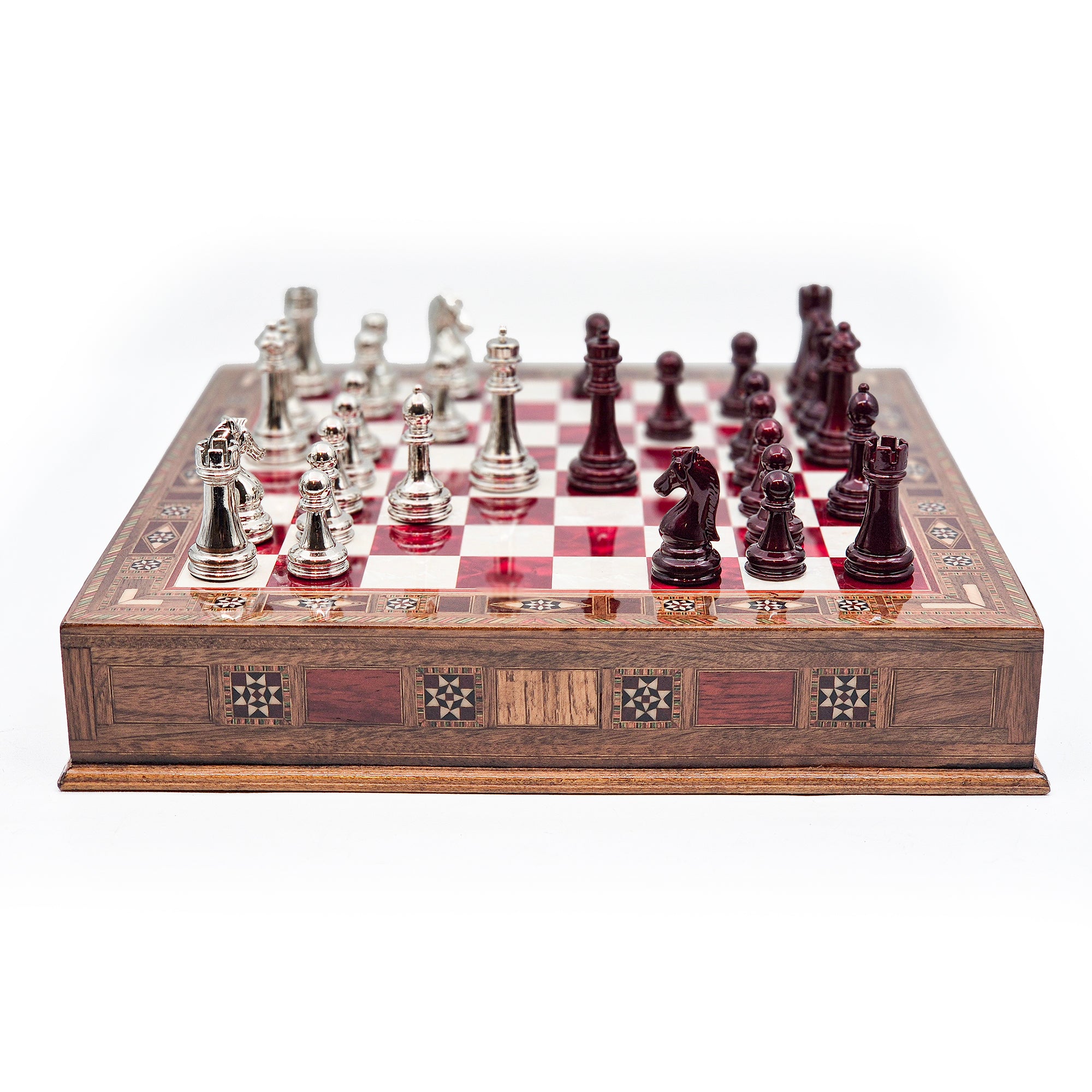
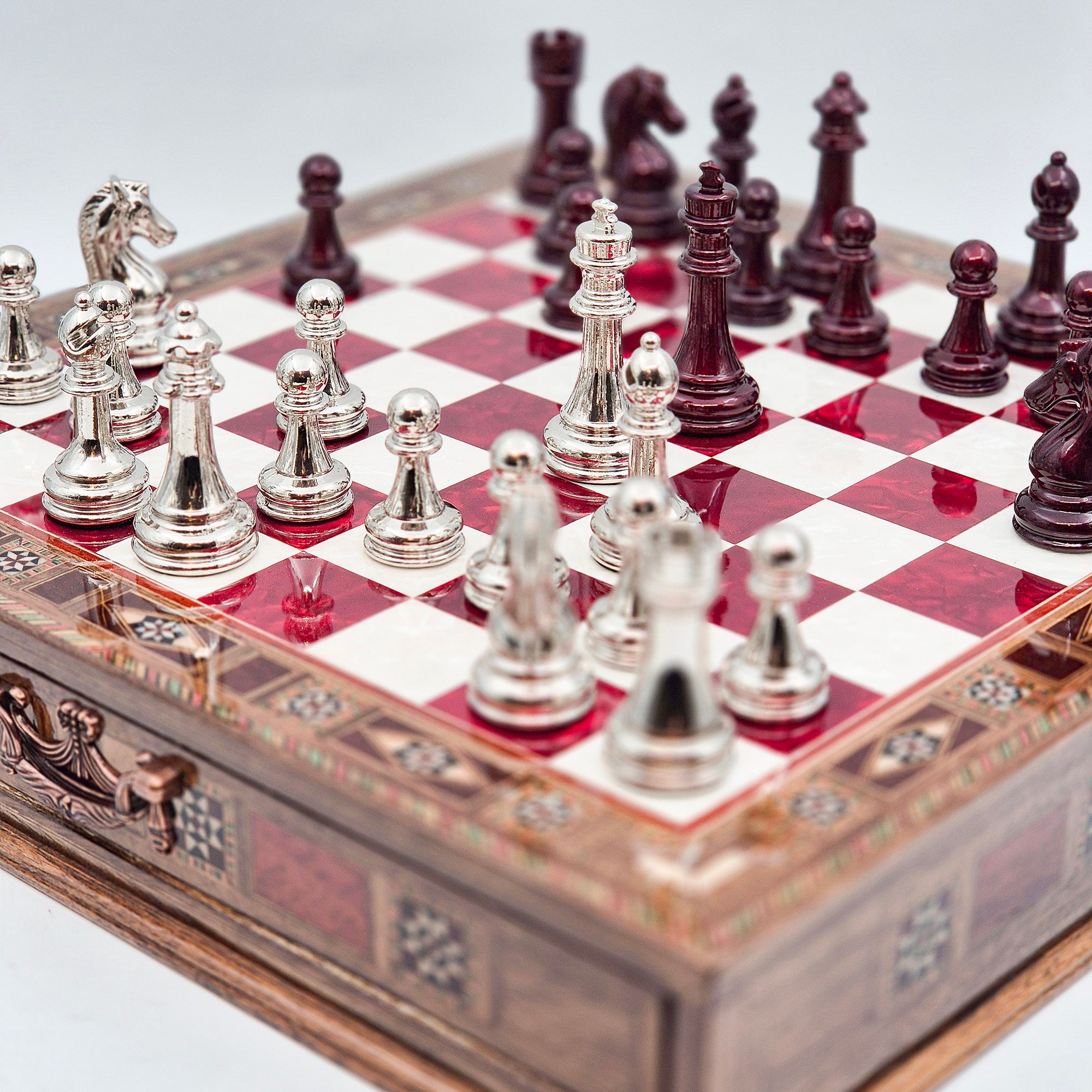
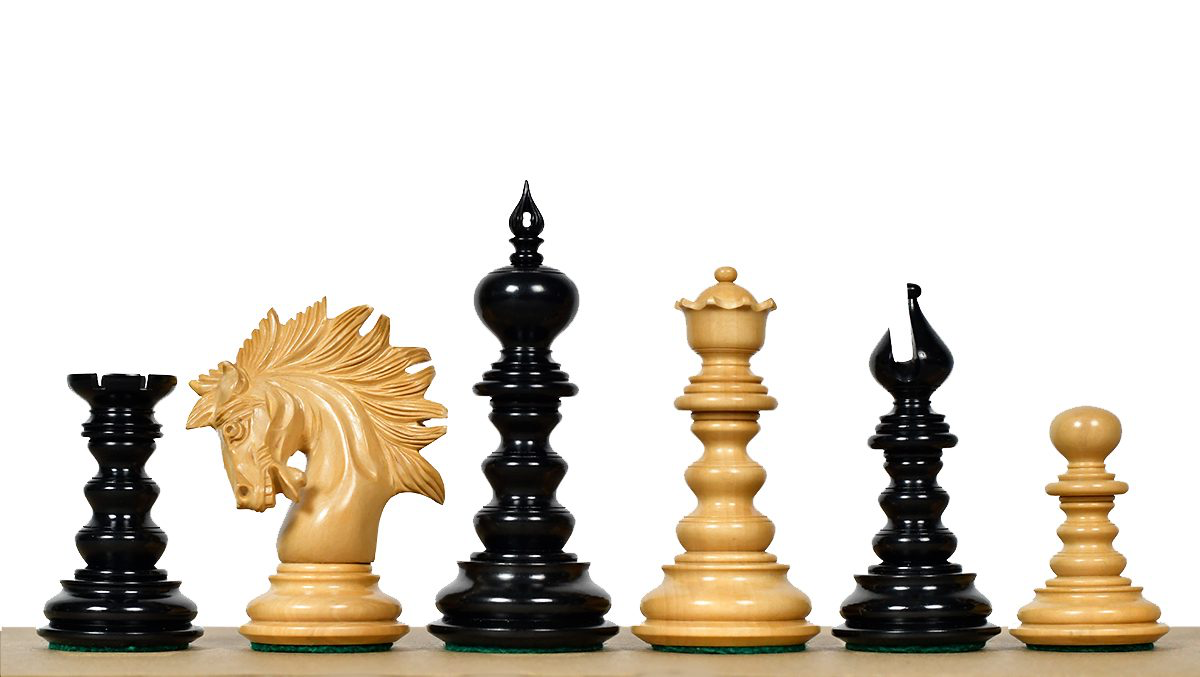

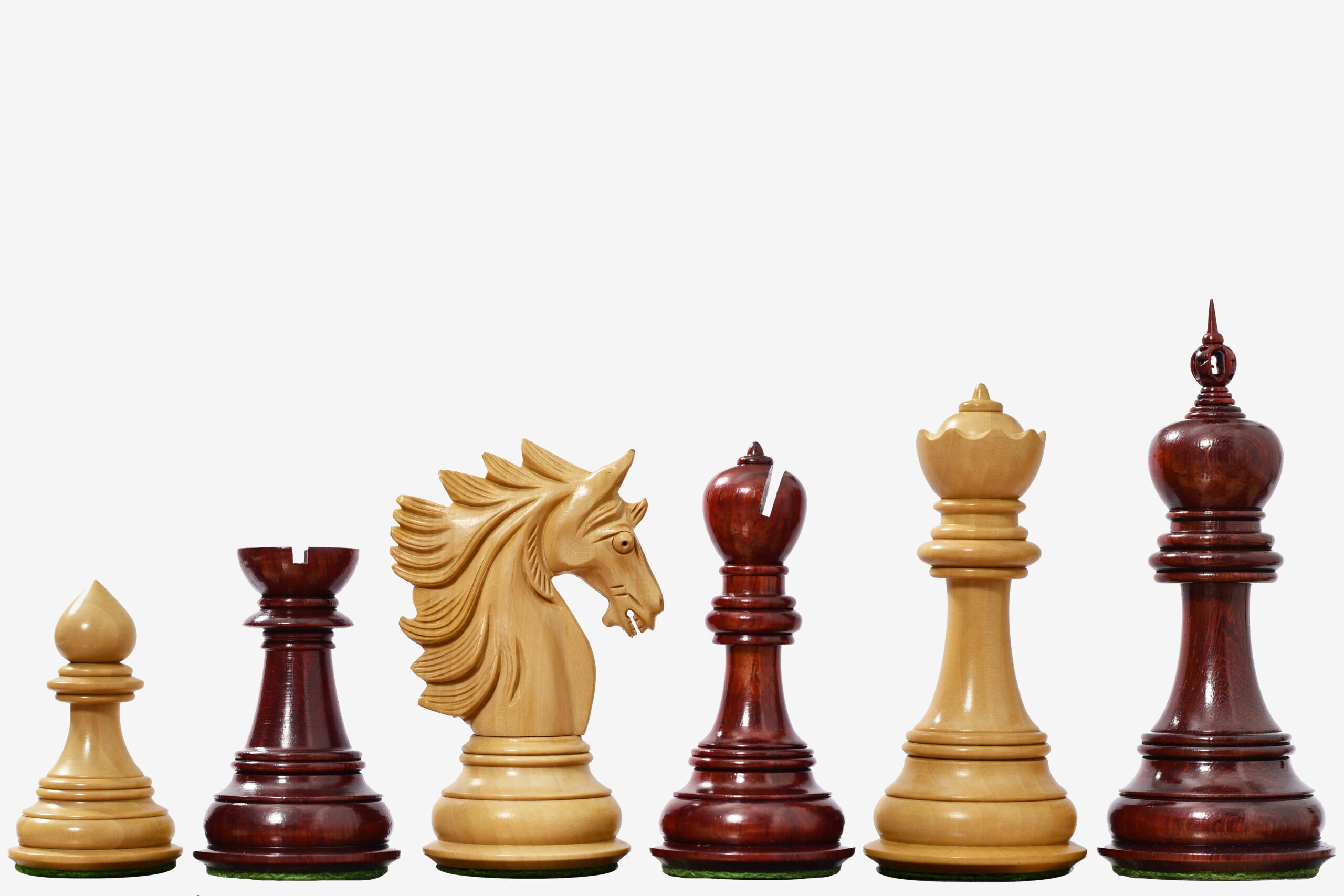
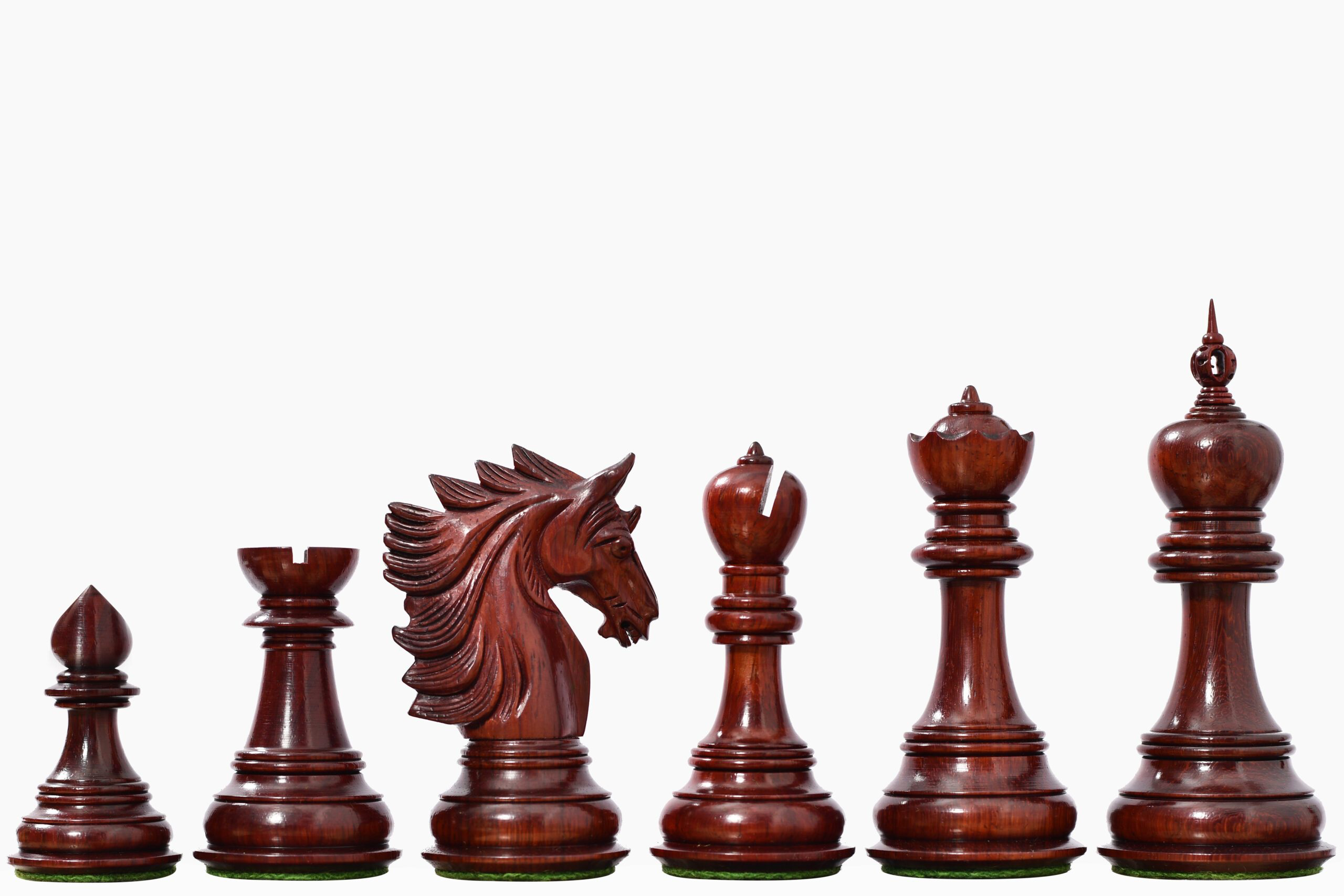

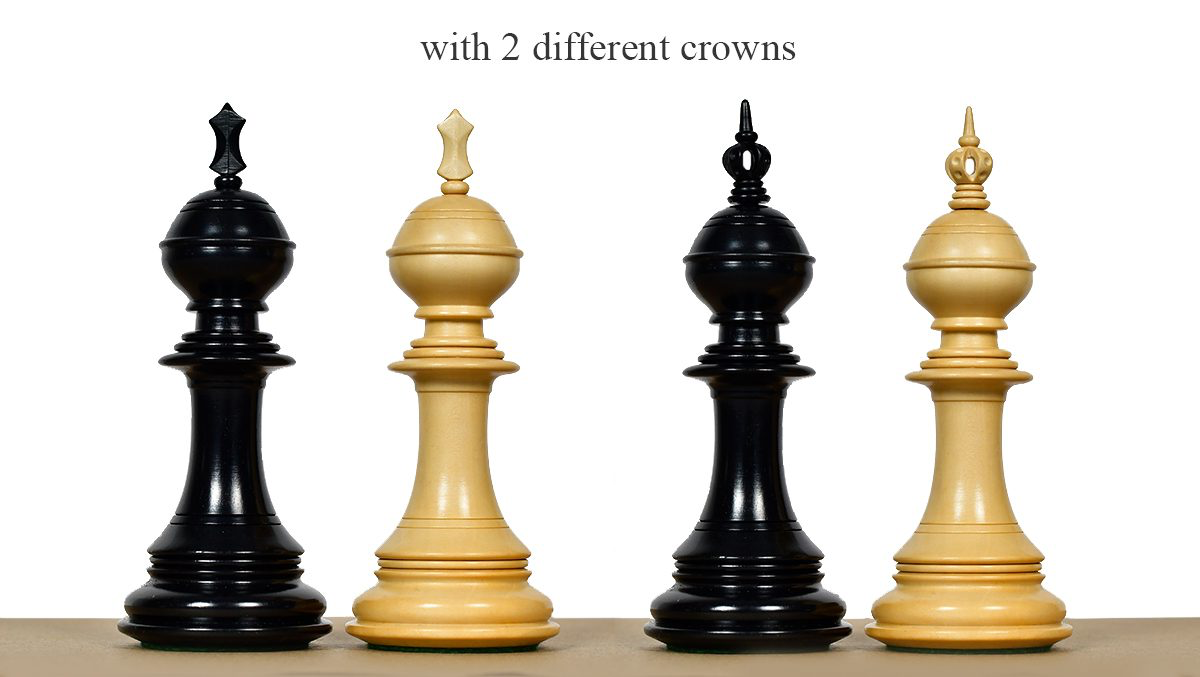
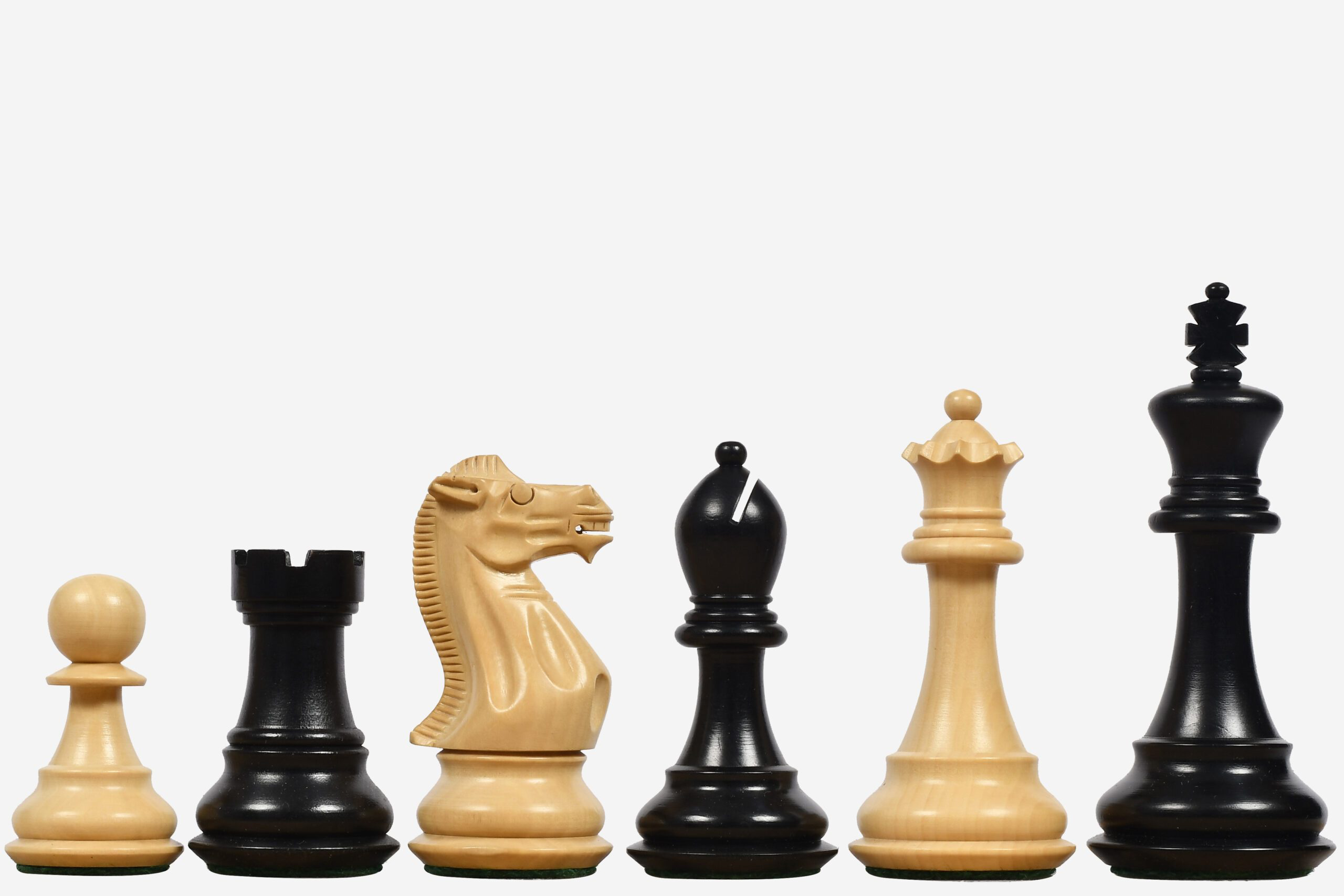
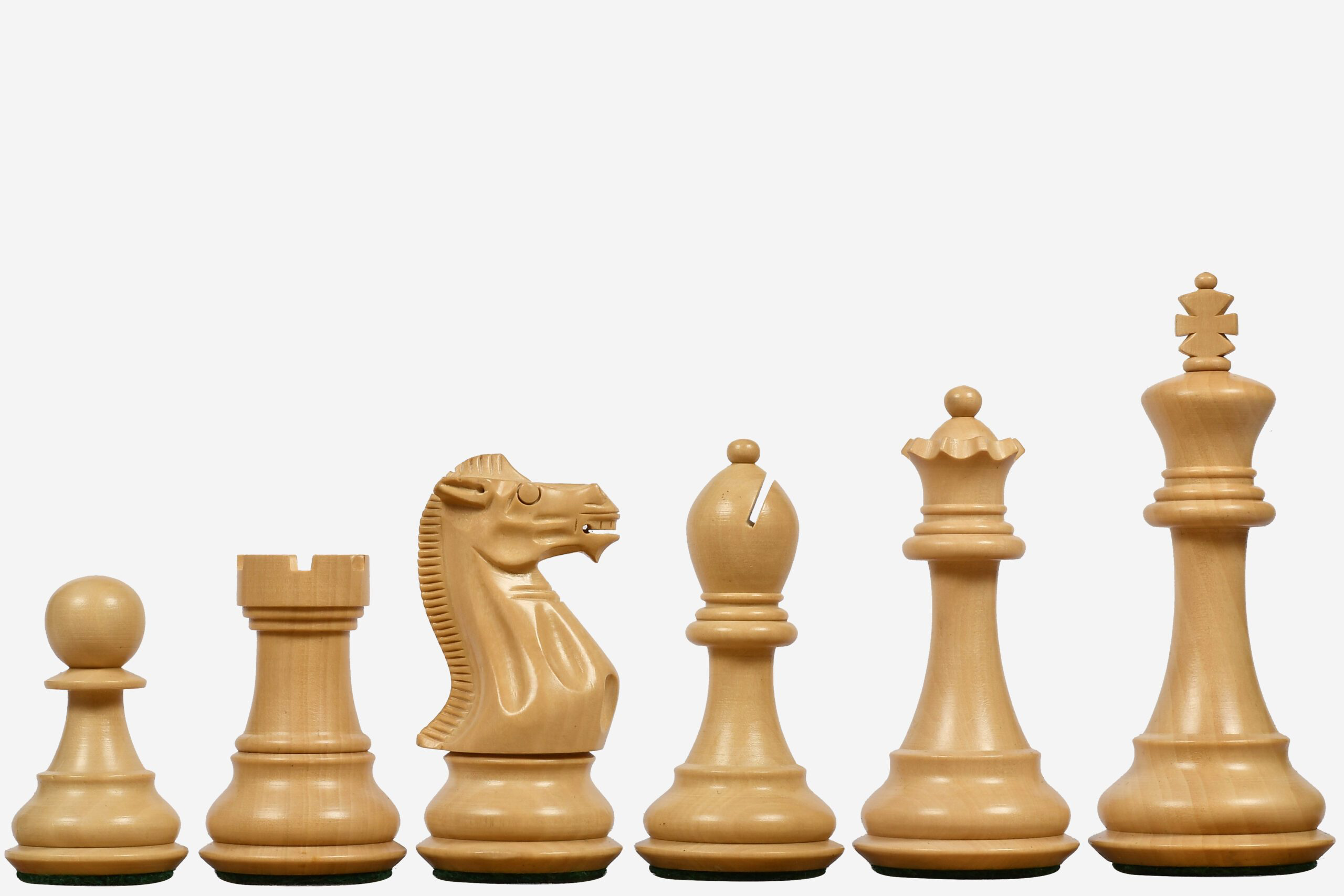


Leave a comment
All comments are moderated before being published.
This site is protected by hCaptcha and the hCaptcha Privacy Policy and Terms of Service apply.